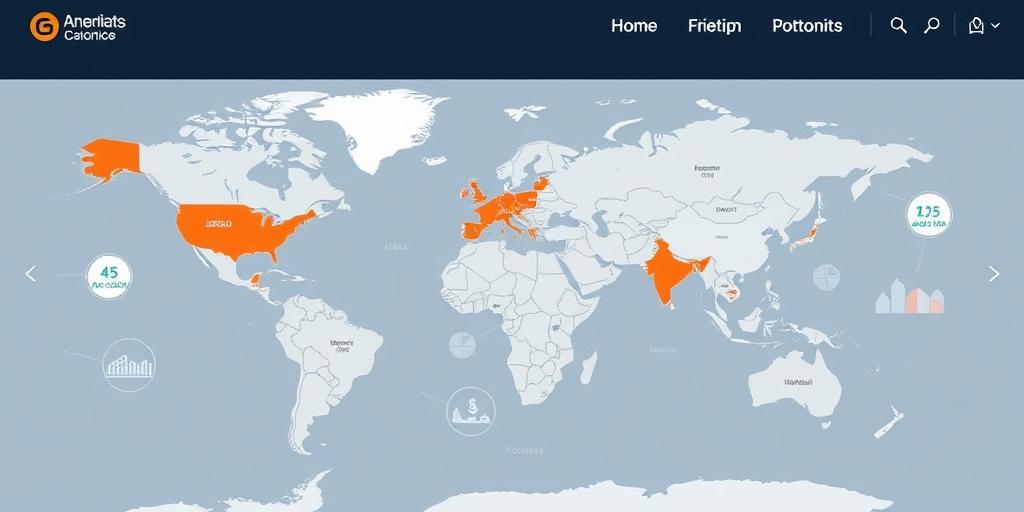The Role of Geography in Economic Inequality
Economic inequality is a complex issue influenced by a myriad of factors, ranging from policy decisions to educational opportunities. Among these, geography often plays a pivotal, yet sometimes overlooked, role. The geographical landscape, climate, natural resources, and proximity to economic hubs can significantly shape a region's economic prospects and contribute to disparities both within and between countries.
Geographical Determinism and Economic Development
Historically, geographical determinism suggested that a region's physical geography dictated its economic and social development. While this theory has been refined, the underlying principle remains relevant. For instance, regions with fertile land and favorable climates often have a comparative advantage in agriculture, leading to early economic prosperity. Conversely, areas prone to natural disasters or with limited access to freshwater may face persistent economic challenges. The availability of natural resources such as minerals, oil, and gas can also dramatically alter a region's economic trajectory, sometimes leading to the "resource curse," where an abundance of resources paradoxically hinders diversification and long-term growth.
Proximity to Markets and Trade Routes
Location matters significantly in the modern global economy. Regions located near major trade routes, ports, or economic centers typically benefit from increased trade, investment, and access to larger markets. This proximity fosters economic growth by reducing transportation costs and facilitating the exchange of goods and services. Coastal regions, for example, often outperform landlocked areas due to their accessibility to maritime trade. Similarly, regions bordering economically prosperous countries may experience positive spillover effects through trade, investment, and labor migration.
Urban vs. Rural Disparities
Within countries, geographical disparities often manifest as urban-rural divides. Urban areas, with their concentration of economic activities, infrastructure, and human capital, tend to offer more diverse and higher-paying job opportunities. This concentration attracts talent and investment, creating a self-reinforcing cycle of growth. In contrast, rural areas may suffer from limited access to education, healthcare, and technology, leading to lower productivity and income levels. The geographical isolation of rural communities can further exacerbate these disparities by hindering access to markets and services.
Climate Change and Economic Vulnerability
Climate change is increasingly recognized as a significant driver of economic inequality. Regions vulnerable to climate change impacts, such as sea-level rise, extreme weather events, and desertification, face substantial economic risks. These impacts can disrupt agricultural production, damage infrastructure, and displace populations, leading to economic losses and increased poverty. Developing countries, often located in more vulnerable geographical zones, are disproportionately affected by climate change, further widening the gap between rich and poor nations.
Policy Implications and Strategies for Mitigation
Addressing geographical disparities requires targeted policy interventions that recognize the unique challenges and opportunities of different regions. Investments in infrastructure, education, and technology can help bridge the gap between urban and rural areas. Promoting diversification of economic activities, particularly in resource-dependent regions, can reduce vulnerability to commodity price fluctuations. International cooperation is essential to support climate change adaptation and mitigation efforts in vulnerable countries. Additionally, policies that promote inclusive growth, such as progressive taxation and social safety nets, can help reduce income inequality within regions.
Conclusion
Geography plays a crucial role in shaping economic inequality, influencing everything from access to resources and markets to vulnerability to climate change. Understanding these geographical dimensions is essential for designing effective policies to promote more equitable and sustainable development. By addressing the unique challenges and opportunities of different regions, policymakers can foster inclusive growth and reduce economic disparities both within and between countries.









